

This is the dramatic moment two Russian fighter planes buzzed a US warship conducting a routine training mission in the Baltic Sea on Tuesday night.
The Russian Su-24 planes thundered over the USS Donald Cook at a height of just 30ft in what a military official branded the most 'aggressive' incident between Russia and the United States in years.
The 'simulated attack' maneuver saw the jets pass so close to the ocean that they created a 'wake in the water', the defense official said.
The shock move came as a Polish helicopter was taking off from the US Destroyer on Tuesday evening.
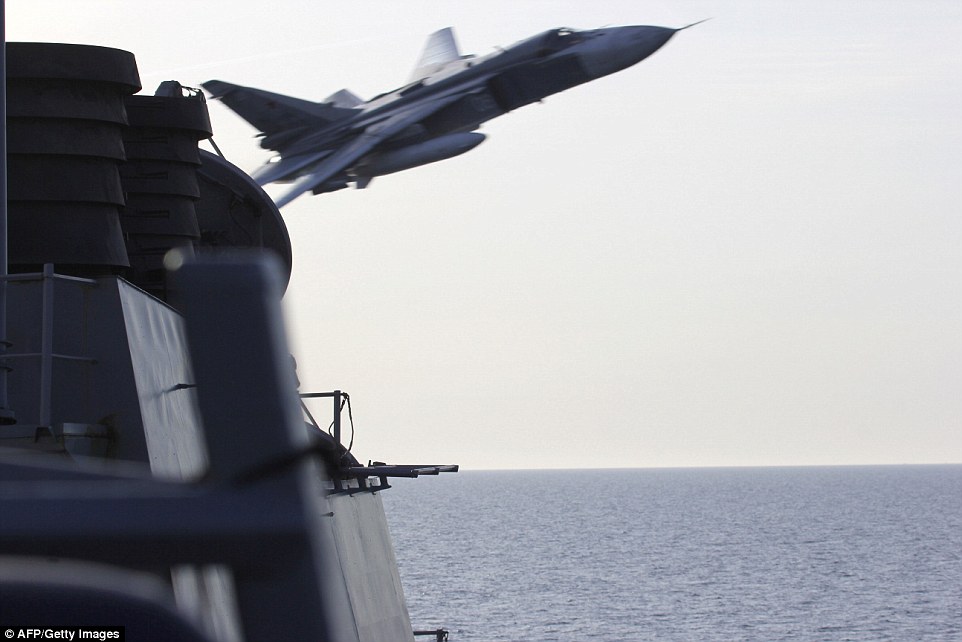
Two low-flying Russian jets (Su-24 plane pictured) 'aggressively' buzzed a US warship sailing in the Baltic Sea on Tuesday evening
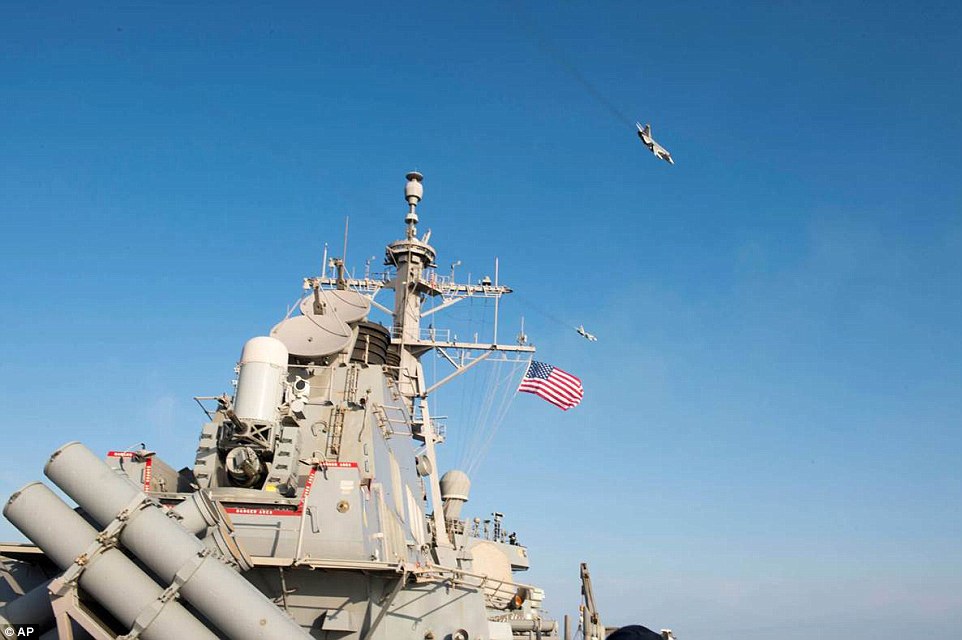
Show of force: The Russian Su-24 planes thundered over the USS Donald Cook at a height of just 30ft, creating a 'wake in the water'
The maneuver was followed by seven passes by a Russian KA-27 Helix helicopter - designed to take out submarines - taking pictures of the US vessel.
The American warship was conducting air operations about 70 nautical miles from the Russian enclave of Kaliningrad when the aircraft flew at an 'unsafe' speed close to the Destroyer.
Two close encounters occurred on Tuesday night in international waters, while another, at an acceptable distance, happened on Sunday.
'This is more aggressive than anything we've seen in some time,' the defense official said, on condition of anonymity.
The planes were 'wings clean', meaning they were not visibly armed.
A Polish helicopter, which was operating off the ship as part of routine training, had its flight operations disrupted because of the Russian actions.
The US warship had been followed by a Russian intelligence-gathering vessel before the incident with the attack aircraft.
Crew on USS Cook had contacted sailors on the Russian ship to reassure them they were conducting routine operations.

The American warship was conducting air operations about 70 nautical miles from the Russian enclave of Kaliningrad when the aircraft (pictured) flew at an 'unsafe' speed close to the Destroyer

A Russian KA-27 Helix helicopter - designed to sink submarines - took pictures of the US vessel as it made seven passes over the ship
While there are often encounters between US ships and foreign aircraft, this time officials and crew deemed the movements of the Russian jets unsafe, due to their speed and proximity to the ship.
The White House issued a statement condemning Russia for the latest in a series of 'concerning' clashes between the Russian and U.S. militaries.
'This incident is entirely inconsistent with the professional norms of militaries operating in proximity to each other in international waters and international airspace,' Press Secretary Josh Earnest said.
'There have been repeated incidents over the last year where the Russian military, including Russian military aircraft, have come close enough to each other or have come close enough to other air and sea traffic to raise serious safety concerns, and we continue to be concerned about this behavior.'
The incident came as NATO plans its biggest build-up in eastern Europe since the Cold War to counter what the alliance, and in particular the Baltic states and Poland, consider to be a more aggressive Russia.
The three Baltic states - Estonia, Lithuania and Latvia - which joined both NATO and the European Union in 2004, have asked NATO for a permanent presence of battalion-sized deployments of allied troops in each of their territories. A NATO battalion typically consists of 300 to 800 troops.
Moscow denies any intention to attack the Baltic states, which were part of the former Soviet Union.
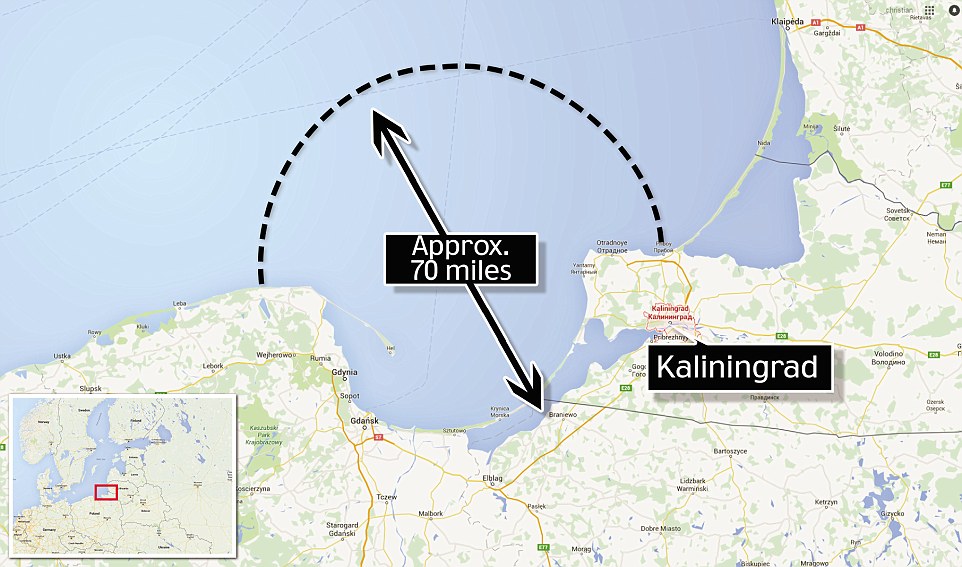
The USS Cook was 70 miles (marked by dotted line) from the Russian enclave of Kaliningrad. Its exact location has not been released
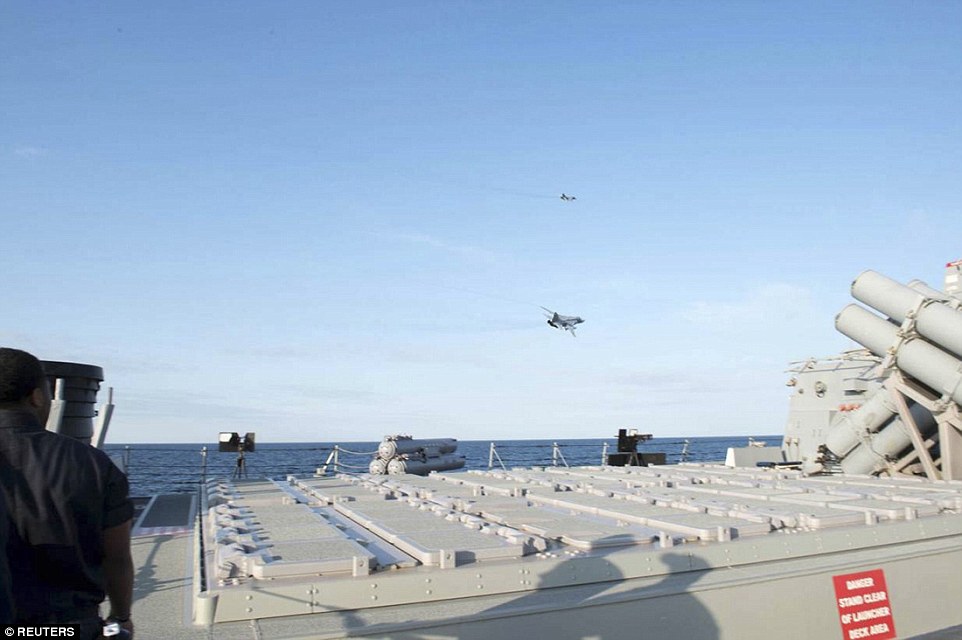
The White House issued a statement condemning Russia for the latest in a series of 'concerning' clashes. Pictured, the two planes flying past the US warship
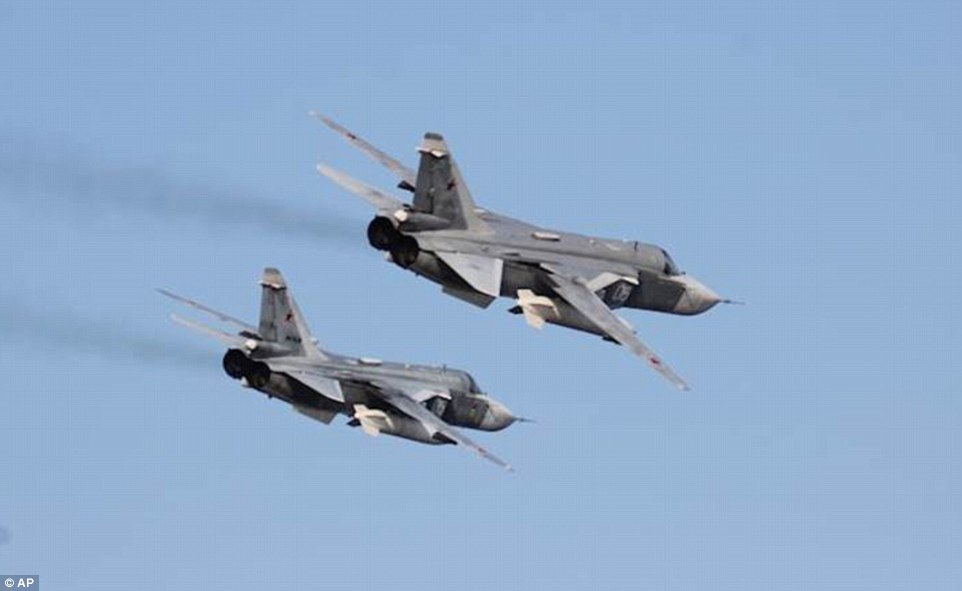
The two planes (pictured from the USS Donald Cook) were 'wings clean', meaning they were not visibly armed as they flew past
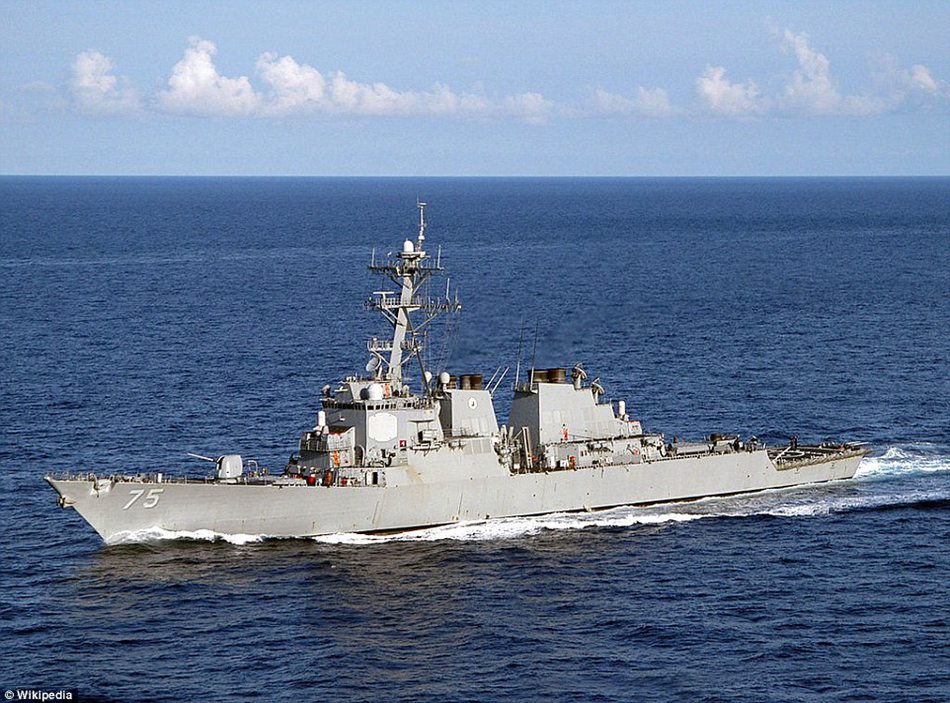
The USS Donald Cook (pictured) was sailing in the Baltic Sea when it was buzzed by low flying Russian fighter jets at a height of just 30 feet in 'aggressive' passes
USS Cook has spent much of the last two years in Europe, following its deployment to the Black Sea in 2014 after Russia's annexation of Crimea.
While it was stationed there, it was buzzed 12 times by two Russian Su-24s in a remarkably similar incident to the one on Tuesday.
'The Donald Cook is more than capable of defending itself against two Su-24s,' the Pentagon said at the time.
The US Navy often runs routine training missions through the Baltic Sea, passing through international waters and those controlled by NATO members.
It holds a huge annual drill known as BALTOPS, which sees other allies send ships to the region for what it calls routine exercises but are seen by military experts as a show of force.
BALTOPS 2015 saw more than 5,000 units from the U.S., the UK, Belgium, Canada, Denmark, Estonia, Finland, France, Germany, Georgia, Latvia, Lithuania, the Netherlands, Norway, Poland, Sweden and Turkey conduct operations in the Baltic Sea, and off the coasts of Sweden and Germany.
Tensions with Russia were further raised earlier this year when the U.S. announced plans to station six F-15 aircraft in Finland and artillery in Norway, with both nations sharing a border with Russia.
The U.S. already has fighter planes based in the UK, Germany, Italy, Portugal, Iceland and the Netherlands.
Day|Week

 Female official wearing traditional Han costume to promote local tourism
Female official wearing traditional Han costume to promote local tourism Over 12,000 Runners Seek Medical Care in S China’s Marathon
Over 12,000 Runners Seek Medical Care in S China’s Marathon Six Luxury Sports Cars Totaled after Fail Attempts to Cross China’s Most Perilous Highway Linking SW China’s Sichuan and Tibet
Six Luxury Sports Cars Totaled after Fail Attempts to Cross China’s Most Perilous Highway Linking SW China’s Sichuan and Tibet Incredible Transformation: “Witch Child”Whose Parents Left Him for Dead in Nigerian Makes Speedy Recovery
Incredible Transformation: “Witch Child”Whose Parents Left Him for Dead in Nigerian Makes Speedy Recovery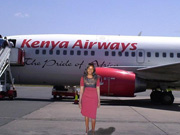 Kenyan woman's crappy photoshopped pictures make her a web celebrity
Kenyan woman's crappy photoshopped pictures make her a web celebrity Magnificent view of E. China's Anhui province
Magnificent view of E. China's Anhui province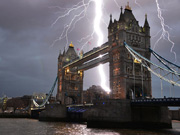 Global landmarks captured in striking shots
Global landmarks captured in striking shots Thailand Elephants Disguised as Pandas Sparks Debates
Thailand Elephants Disguised as Pandas Sparks Debates College girl dresses as mermaid to mark World Water Day
College girl dresses as mermaid to mark World Water Day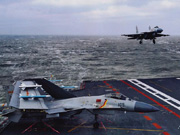 J-15 fighters in drill on Chinese aircraft carrier
J-15 fighters in drill on Chinese aircraft carrier